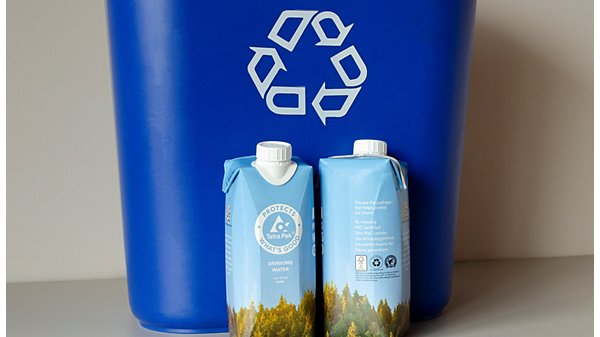The challenge of circularity & recycling
Food packaging plays an essential role in feeding people throughout the world, but when it is not collected and recycled, it can be a source of waste1. And with global waste projected to increase by 70% by 20502 according to World Bank, recycling alone is not enough. The world needs to move away from the traditional linear economy, based on a “take-make-waste” model, towards a circular economy3.
Yes, Tetra Pak® cartons are recyclable!
We always think about the broader impact of our operations on the environment and society, and we believe recycling is an investment in our future. When recycled beverage cartons are given a new life, we help protect natural resources, reduce climate impact and contribute to communities.
1Marsh, J. (2021). Food Packaging Waste Statistics: Understanding the Rise of Food Packaging Waste. Source: Environment.com
2The World Bank. (2018). WHAT A WASTE 2.0: A Global Snapshot of Solid Waste Management to 2050.Source: Worldbank.org
3Ellen MacArthur Foundation. (2022). Circular Economy Introduction. Source: Ellenmacarthurfoundation.org, What is a circular economy? | Ellen MacArthur Foundation















